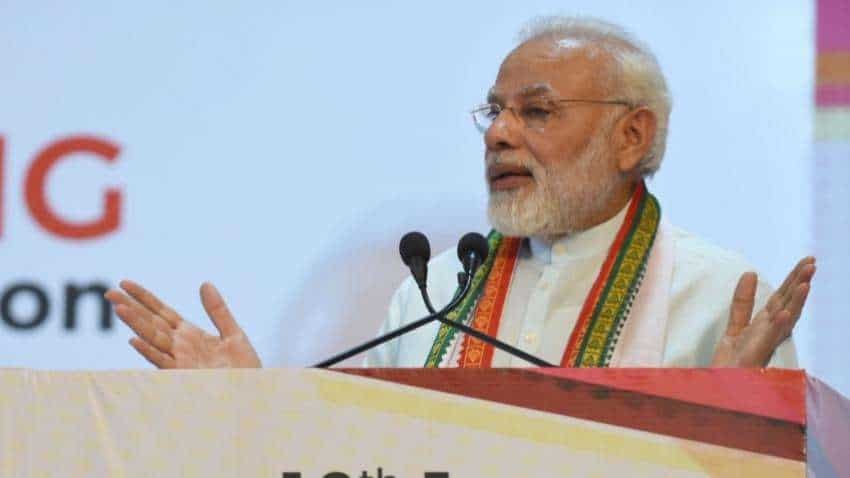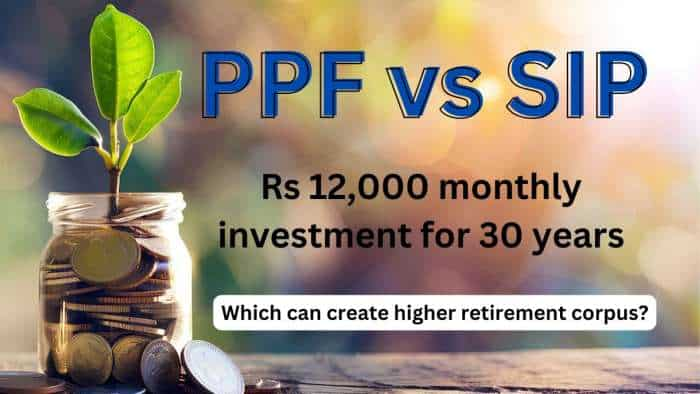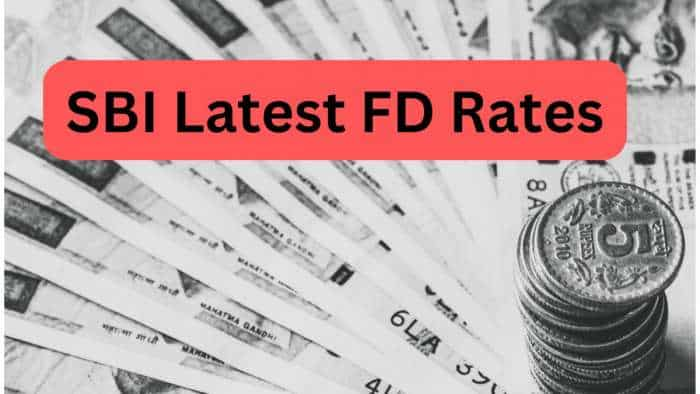GST’s 1 year: India’s GST regime vs other countries GST
Concept of GST is not new to the world as nearly 160 countries as on 2016, have opted this mode for bringing individually tax rates into a single tax.

The Prime Minister Narendra Modi government is just four days away in celebrating one year of their biggest reform Goods and Services Tax (GST). July 01, embarks a very big moment for Narendra Modi after all in his reign the long-pending GST was finally implemented in the country. GST has it’s own good and ugly moment. It was not an easy task to implement GSTwhich boosts tagline ‘One Nation, One Tax’, as this regime received many criticism from opposition party, some consumers and industries as well. However it needs to be noted that, concept of GST is not new to the world as nearly 160 countries as on 2016, have opted this mode for bringing individually tax rates into a single tax.
In most countries value added tax (VAT) is taken as a substitute for GST.
Presently, countries like Australia, Canada, Singapore, New Zealand, Jersey (UK), Malaysia, Indonesia, China and Pakistan have a GST system while remaining follow a VAT system.
Let’s have a comparison of India’s GST with other countries.
New Zealand:
GST in New Zealand was introduced in 1986 at a rate of 10%. However the rates were changed twice later – 12.5% in the year 1989 and 15% in 2010 in a move to mobilize higher revenue while removing distortions in the tax structure.
This led to adoption of GST at single rate with food included in the GST base at the full rate. Such broad-based the tax net and also reduced both compliance and administrative costs. At present, the country is highest tax productive nations among OECD countries.
Canada:
Canada introduced GST in the form of a multi-level VAT in 1991 on supplies of goods and services purchased in the country – included almost all products except certain essentials like groceries, residential rent and medical services.
Once implemented, the bill led to new processing operations and techniques to verify the accuracy of the returns submitted by small entrepreneurs. However, Canada imposes their own sales tax besides GST – this has created price distortions in the country.
Singapore:
The country introduced the bill in April 1194 at a tax rate of 3% to make it acceptable to the public and to minimize inflation. The government committed not to raise tax for next 5 years which came in as a important decision in reviving consumer spending.
Also, Singapore introduced a compensation scheme under the GST which provided support to the needy and underprivileged.
However, in initial stage of GST, the country faced uptick in inflation to 3.1% in 1994 from 2.3% in 1993. But after that it moderated below 2% between 1995 – 1996.
Austrailia:
Though the GST concept was first seeked in the year 1975, it was implemented in Austrailia after 25 years on July 2000 at a tax rate starting at 10%.
Austrailia also replaced a range of existing taxes like the wholesale sales tax (WST), debit tax, financial institutions duty, and stamp duty on shares, leases, mortgages and cheques.
However, the10% tax rate led to low GST revenue productivity from a tax collection standpoint.
Malaysia:
GST in this country has been imposed in the year 2015, after a 26 years of debate over its potential merits and shortcomings. It was introduced at a standard rate of 6% - which is relatively low compared to VAT rates in other ASEAN countries.
After implementation of GST, the cost of doing business in Malaysia reduced as the tax burden was transferred from manufacturers to consumers. Yet, the country has seen low revenue productivity in terms of tax collection.
India’s GST
This regime has been in effect from July 01, 2017 by replacing several taxes like central excise duty, services tax, additional customs duty, surcharges, state-level value added tax and Octroi. Even other levies which were applicable on inter-state transportation of goods have also been done away with in GST regime.
GST is levied on transactions like sale, transfer, purchase, barter, lease, or import of goods and/or services.
Indian government has structured GST for efficient tax collection, reduction in corruption, easy inter-state movement of goods etc.
India does not follow an ideal VAT. Central sales tax which the central imposed on the sale of goods from one state to another will continue in the different form called Integrated GST.
One big differentiation between GST in India and GST in other countries is that, in India two types of GST is charged - hence called as duel GST.
There are five tax slabs in GST namely 0%, 5%, 12%, 18% and 28%. They are imposed on variable items like soaps, washing detergents, movie tickets, restaurants bill, dry items, under-construction property, chocolates, sweets, dry fruits and many more.
Some of the products that are exempted from GST are - dairy products, products of milling industries, fresh vegetables & fruits, meat products, petroleum and petroleum products.
Get Latest Business News, Stock Market Updates and Videos; Check your tax outgo through Income Tax Calculator and save money through our Personal Finance coverage. Check Business Breaking News Live on Zee Business Twitter and Facebook. Subscribe on YouTube.
RECOMMENDED STORIES

Power of Rs 15,000 SIP: How long it will take to achieve Rs 7 crore corpus? See calculations to know

PPF vs SIP: Rs 12,000 monthly investment for 30 years; see which can create higher retirement corpus

Largecap, Midcap Stocks To Buy: Analysts recommend buying L&T, Tata Motors, 3 other stocks for 2 weeks; check targets

SIP in Stocks For New Year 2025: Market guru Anil Singhvi recommends 1 largecap, 2 midcap scrips to buy in dips; note down targets
07:44 PM IST









 GST collections in December increase 7.1% to Rs 1.76 lakh crore
GST collections in December increase 7.1% to Rs 1.76 lakh crore Tax officials initiate inspection of M&M records in Chennai
Tax officials initiate inspection of M&M records in Chennai Popcorn sold in movie theatres to attract 5% GST
Popcorn sold in movie theatres to attract 5% GST GST on old used cars only when sale price higher than depreciated value
GST on old used cars only when sale price higher than depreciated value  States not in favour of bringing ATF under GST, says finance minister
States not in favour of bringing ATF under GST, says finance minister